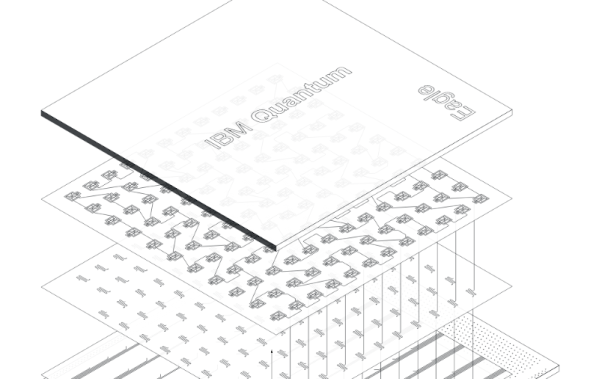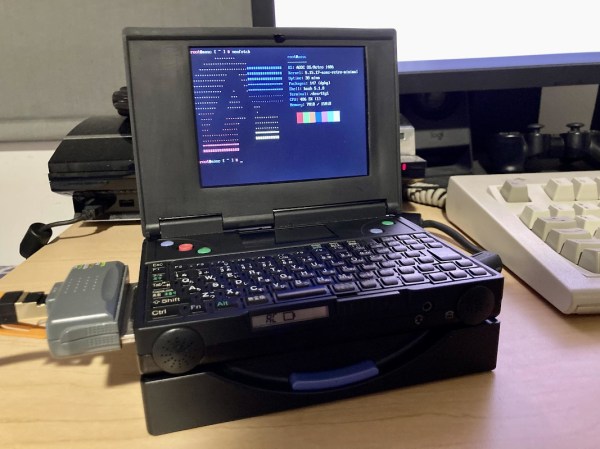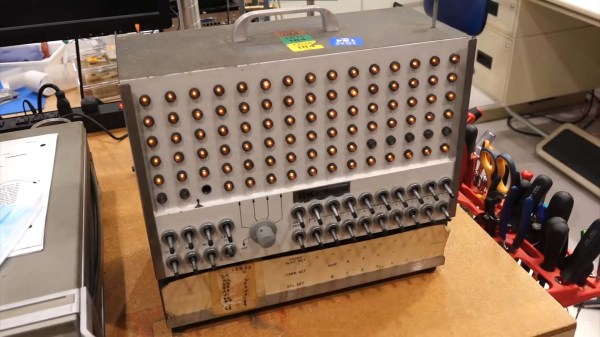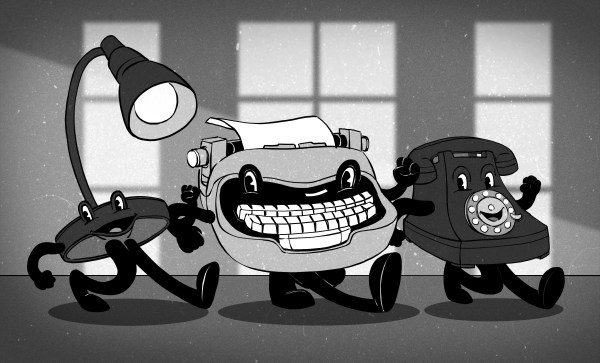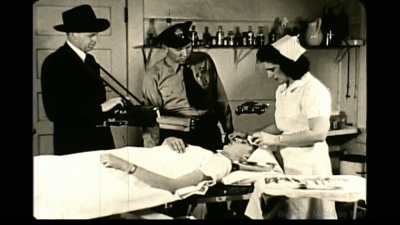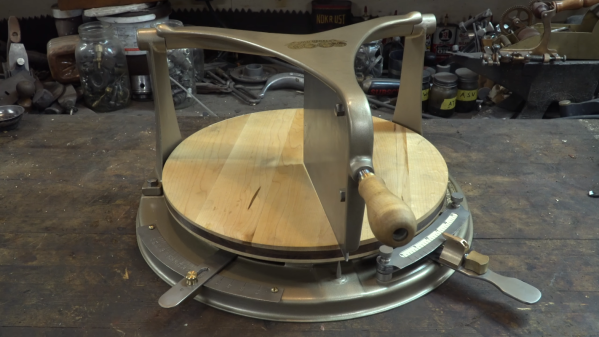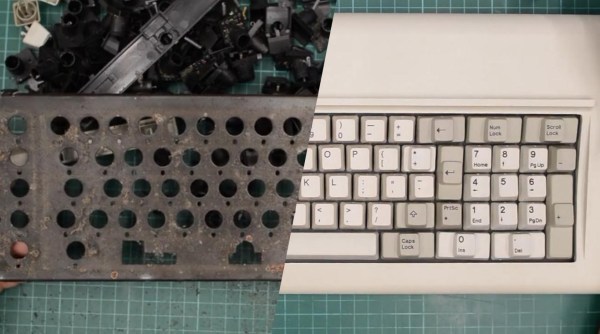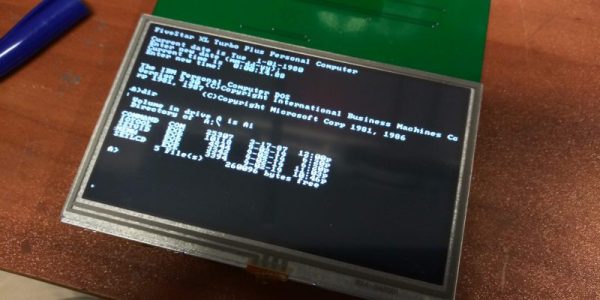How many qubits do you need in a quantum computer? Plenty, if you want to anything useful. However, today, we have to settle for a lot fewer than we would like. But IBM’s new Eagle has the most of its type of quantum computer: 127-qubits. Naturally, they plan to do even more work, and you can see a preview of “System Two” in the video below.
The 127 qubit number is both impressively large and depressingly small. Each qubit increases the amount of work a conventional computer has to do to simulate the machine by a factor of two. The hope is to one day produce quantum computers that would be impractical to simulate using conventional computers. That’s known as quantum supremacy and while several teams have claimed it, actually achieving it is a subject of debate.
Like any computer, more bits — or qubits — are better than fewer bits, generally speaking. However, it is especially important for modern quantum systems since most practical schemes require redundancy and error correction to be reliable in modern implementations of quantum computer hardware. What’s in the future? IBM claims they will build the Condor processor with over 1,000 qubits using the same 3D packaging technology seen in Eagle. Condor is slated for 2023 and there will be an intermediate chip due in 2022 with 433 qubits.
Scaling anything to a large number usually requires more than just duplicating smaller things. In the case of Eagle and at least one of its predecessors, part of the scaling was to use readout units that can read different qubits. Older processors with just a few qubits would have dedicated readout hardware for each qubit, but that’s untenable once you get hundreds or thousands of qubits.
Qubits aren’t the only measure of a computer’s power, just like a conventional computer with more bits might be less capable than one with fewer bits. You also have to consider the quality of the qubits and how they are connected.
Who’s going to win the race to quantum supremacy? Or has it already been won? We have a feeling if it hasn’t already been done, it won’t be very far in the future. If you think about the state of computers in, say, 1960 and compare it to today, about 60 years later, you have to wonder if that amount of progress will occur in this area, too.
Most of the announcements you hear about quantum computing come from Google, IBM, or Microsoft. But there’s also Honeywell and a few other players. If you want to get ready for the quantum onslaught, maybe start with this tutorial that will run on a simulator, mostly.

